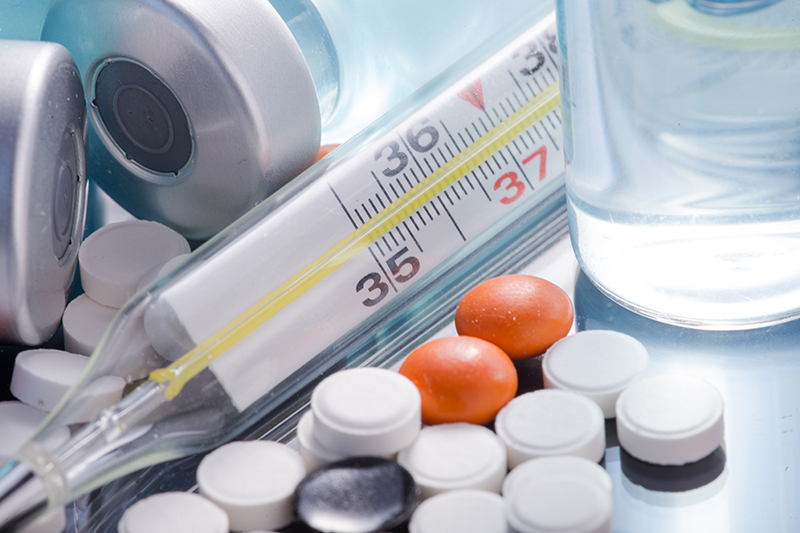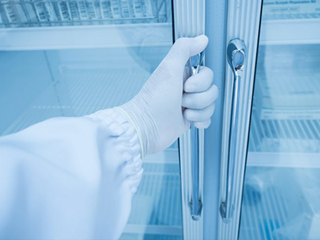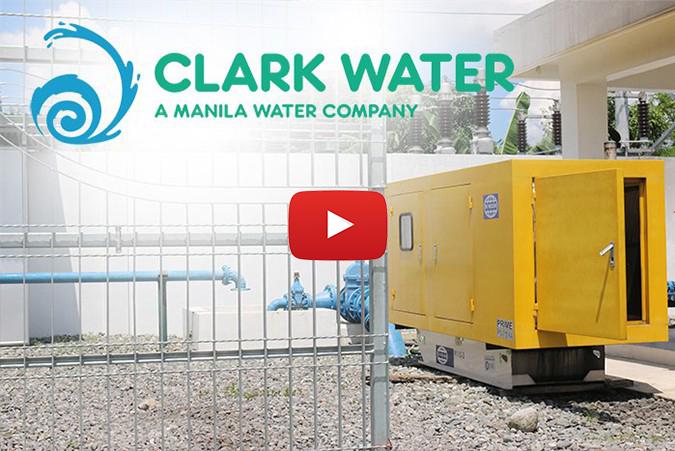World Health Organization Guidance on the Storage and Transport of Temperature Sensitive Pharmaceutical Products

Background
The World Health Organization (WHO) publishes guidelines for the storage and transport of temperature sensitive pharmaceutical products. Many pharmaceuticals, drugs, and vaccines have time and/or temperature-dependent requirements. The WHO guidelines are based upon existing worldwide regulations and best practices. Local regulations, policies, and directives will take precedence over the WHO guidelines. However, in the absence of clear local directives, the WHO guidelines form the basis of best practices in the storage and transport of temperature-sensitive pharmaceutical products.
These guidelines are aimed at the pharma logistics industry, pharmaceutical professionals, and governments when formulating policies.
Importation and customs clearance
Time and temperature-sensitive pharmaceuticals should be imported through ports of entry that are equipped to handle such products. After offloading, the time spent dockside or at the airport apron should be minimized with the pharmaceuticals being transferred to a proper temperature-controlled storage environment as quickly as possible. This temporary storage provides proper environmental conditions while awaiting official entry and customs clearance. Customs clearance delays can be avoided by pre-clearance or using a customs clearing agent who is familiar with handling pharmaceuticals. This minimizes the chance of temperature excursions taking place.
Warehousing
After clearance, the time and temperature-sensitive pharmaceutical products should be transferred to proper safe storage with environmental controls. The location of the warehouse should be carefully selected to minimize damage from flooding and other natural disasters.
The warehouse should be purpose-built and designed for the storage of time and temperature-sensitive pharmaceuticals. If not, the adaptation of existing facilities should be for this specific purpose. The design should also consider the prevailing climatic conditions of the location, to ensure energy efficiency and minimize power consumption.
The loading and delivery bays of the warehouse should be designed to avoid the temperature-sensitive pharmaceutical products from exposure to direct sunlight, dirt, dust, and rain.
Warehouses designed for the storage of time and temperature-sensitive pharmaceuticals should also contain a quarantine area. This is for the storage of rejected, faulty, recalled pharmaceutical products. For example, if a temperature excursion is found to have taken place, the compromised products can be held in this area.
Environmental Controls
 The ancillary areas for delivery and receiving of goods where pharmaceutical products are temporarily stored should have suitable temperature and humidity monitoring and controls in place. Monitoring devices should always be present when time and temperature-sensitive pharmaceutical products are being handled.
The ancillary areas for delivery and receiving of goods where pharmaceutical products are temporarily stored should have suitable temperature and humidity monitoring and controls in place. Monitoring devices should always be present when time and temperature-sensitive pharmaceutical products are being handled.
AKCP has a comprehensive monitoring system for the monitoring of time and temperature-sensitive pharmaceutical products. This includes wireless sensors for easy installation and penetration through walls and refrigerators.
Building Security
Pharmaceutical products can be high value and targets for theft. Sometimes they can be restricted or controlled substances that require secure storage. It is important that warehouses engaged in the storage of time and temperature-sensitive pharmaceutical products have suitable security measures in place. The security measures ensure that drugs can not be tampered with or stolen. The security arrangement should be in accordance with the value of the pharmaceuticals stored.
AKCP provides access control systems for buildings, warehouse secure areas, and cabinets. Restrict access to storage areas, receive audited reports of access events synchronized with video surveillance images.
Power Supply
Wherever possible the refrigerators, chillers, and freezers engaged in the storage of time and temperature-sensitive pharmaceutical products should be connected to suitable backup power systems. Where generators are used they must be capable of supplying sufficient power at peak demand. Generators should also be equipped with Automatic Transfer Switches to switch over from mains to generator and back to mains when power is restored. The generator must also have a sufficiently sized fuel tank to supply power over a prolonged power outage.
Ensuring that these backup power systems are maintained and ready when called upon is essential. Most generator failure to start incidents occur because of poor maintenance, low fuel, or bad starter battery. A remote generator maintenance monitoring system is like having a technician on-site 24/7. Receive alerts when the fuel level is low so refilling can be scheduled, check maintenance runtime hours, and battery voltage.
Temperature Controlled Storage
 There are several standards that can be considered when dealing with temperature-controlled storage and transport of temperature-sensitive pharmaceutical products.
There are several standards that can be considered when dealing with temperature-controlled storage and transport of temperature-sensitive pharmaceutical products.
The International Air Transport Association (IATA) published guidelines on the transport of perishable goods via air cargo. The perishable goods regulations chapter 17, July 2010
The USP <1079> Good Storage and Distribution Practices for Drugs outlines the proper treatment of time and temperature-sensitive pharmaceuticals during storage and transport to ensure delivery with the quality intact.
Many countries and regions have their own specific regulations which you should be familiar with.
In general, it should be ensured that the cooling capacity is capable of handling the peak stock level of the time and temperature-sensitive pharmaceutical products. The cooling may be mechanical refrigeration, or gel packs, dry ice, and so on. Temperature-controlled storage and freezer rooms should be :
- Capable of maintaining the setpoint temperature
- Equipped with calibrated continuous temperature monitoring
- Equipped with continuous sensor monitoring for humidity
- Alarm system to alerts when temperature excursions occur
- Fitted with door locks and access control system
- Sensors should be positioned in a location where the greatest fluctuations are expected
- Battery operated temperature sensors with a minimum recording frequency of 6 times per hour
- Sensors should be accurate to +/- 0.5°C
- Preferably an autodial or SMS alert for out of hours operations
AKCP has a comprehensive temperature monitoring system, suitable for the monitoring of environmental conditions. Wireless temperature and humidity sensors, battery-powered data loggers, wired sensors, alarms, and notifications. Ensure compliance with your local regulatory requirements for the storage and transport of temperature-sensitive pharmaceutical products.
Transport of Temperature Sensitive Pharmaceutical Products
During transportation via road, temperature-controlled vehicles and specialist logistics companies should be employed. Pharma logistics companies are experts in the transport and handling of sensitive drugs. The vehicles should not only contain a temperature monitoring system but also be capable of secure storage to prevent unauthorized access during transport. Up to 30% of scrapped pharmaceuticals can be attributed to temperature excursions during transport. 35% of vaccines have decreased efficacy due to incorrect handling during shipping. A single mistake can cause a break in the cold chain and cost thousands in damage to temperature-sensitive pharmaceutical products.
When transported in refrigerated shipping containers (reefers) battery-powered data loggers which provide traceability of the conditions during transport should be used. The data loggers allow the downloading and graphing of the data upon arrival at the destination to check for temperature excursions. Around 3.5 million tons of pharmaceutical cargo are transported each year via sea.
Transportation of pharmaceuticals via air accounts for around 0.5 million tons of cargo per year. One reason sea freight is preferred over air freight is that the majority of temperature excursions take place while in the hands of airlines and cargo handlers.




